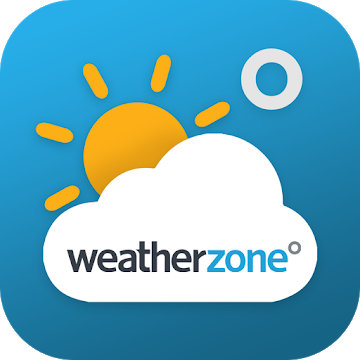Post by Deleted on May 30, 2021 17:17:45 GMT -5

No wikibox because the idiots who make the wikiboxes still haven't figured out how to add thunder days, so I guess you'll have to live with an Excel screenshot - but this is my official, finalized dream climate, created by me on the afternoon of 6 March 2021.
You'll notice the southern hemisphere seasons - this allows my birthday to be in summer as opposed to winter!
Summer in my dream climate is one hot sunny sandy affair, average highs of 90 F or above lasting from the middle of December through about the fourth week of February. Most days are sunny and breezy with low humidity, hot (but not too hot) during the day and mild at night - though the six or so thunder days in a typical summer month are all but guaranteed to pack a punch. Expect strong winds, an excellent lightning show, and even hail a couple of times a year. Occasionally the area gets brief 1-2 day heat spikes, inspired by southern Australian climates and caused by warm air advection from the nearby desert, though a heat burst from a dying thunderstorm can also send the temperature flying. Notice the complete lack of cold crap in summer; there has never been a summer day on record with a high below 80 F (27 C) or a low below 60 F (16 C)!
Autumn is many residents' favorite time of year, as the beaches are less crowded with the kids back in school, and the heat has died down a bit, but the water is still warm, as is the air most afternoons. Temperatures gradually get cooler, and the rainfall becomes more common and more frontal in nature, though you can still get a good thunderstorm any month of the year and there aren't a lot of those wasted drizzly days. Locals tend to find May mornings comfortably crisp, and the few deciduous trees in town begin to change color in the latter half of the month, reaching peak color in early June. Heat spikes become smaller and less frequent as the season goes on, but it's still rarely cold even at night.
Winter begins with a sharp decrease in temps from May to June; the autumn months are each a little warmer than their corresponding spring months, indicative of about five weeks of seasonal lag, but June is almost as cool as July. Crisp mornings in the 50s and mild afternoons in the 70s with a mix of blue skies and cumulus clouds tend to be the rule in winter, which is also the wettest time of year with an average July rainfall of 4.46" (113 mm). The peak of winter is generally the first half of July, while it starts to feel more springlike again even before August is out, as the average high goes back on the other side of 25 C (77 F) - though the locals don't mind the winter chill and still get by in just shorts and a T-shirt on a typical day. Some downward variation in temps is inevitable, but the all-time record low is only 6 C (42.8 F).
Spring is a time of gradual warming, as rainfall events again become slightly less frequent and more convective in nature. It's basically the opposite of autumn and slightly cooler at corresponding times in the season (Sep slightly cooler than May, Oct slightly cooler than April, and Nov slightly cooler than March). Towering cumulus clouds are a common sight on spring afternoons, though both blue dome and overcast conditions are possible and reasonably common. An early-season heat spike can send temperatures past the 40 C (104 F) mark, though most days are still very comfortable...at least by my warm-foaming standards.
The warmest day of the year in my dream climate is always in January, February, or early March. You aren't going to get those years where the warmest day has happened before summer even begins and the main attraction ends up being a disappointment. In general, the coldest temperatures of the year are caused by radiation cooling on a sunny and calm day; the coldest temp of the year might be 47 F (8 C), but it was still probably 71 F (22 C) and sunny that preceding afternoon. The warmest day is also likely to have a large diurnal range, with a north wind and dry air; this offers some relief as the high of 111 F (44 C) on the hottest day would probably be preceded and followed by lows around 82 F (28 C). The lowest high on record, based on a POR of over 100 years, is 64 F (18 C), and the highest low on record is 90 F (32 C) as a fluke event during a particularly potent heat spike.
A favorite pastime of local residents on the days with the biggest storms - which are most often in summer but can happen at any time of the year - is to sit on one's covered porch with a favorite food and beverage and watch the storms roll past. Expect big towering cumulonimbus clouds to be visible in the evening sky, with some stars often still visible in the opposite direction. Watch the lightning show and listen to the frequent claps of thunder and the sound of rain falling and hitting your lawn. In general the storms last only an hour or two - though there are a couple each year that last most of a day and just keep on rolling - but you'll be heading back inside finding the experience to have been worth it. Extreme events leading to flooding are rare, but prolonged drought is rare too.
So welcome to José's dream climate, where just about any kind of weather is possible aside from temps below 5 C!






 Lived:
Lived:

 Residence:
Residence: